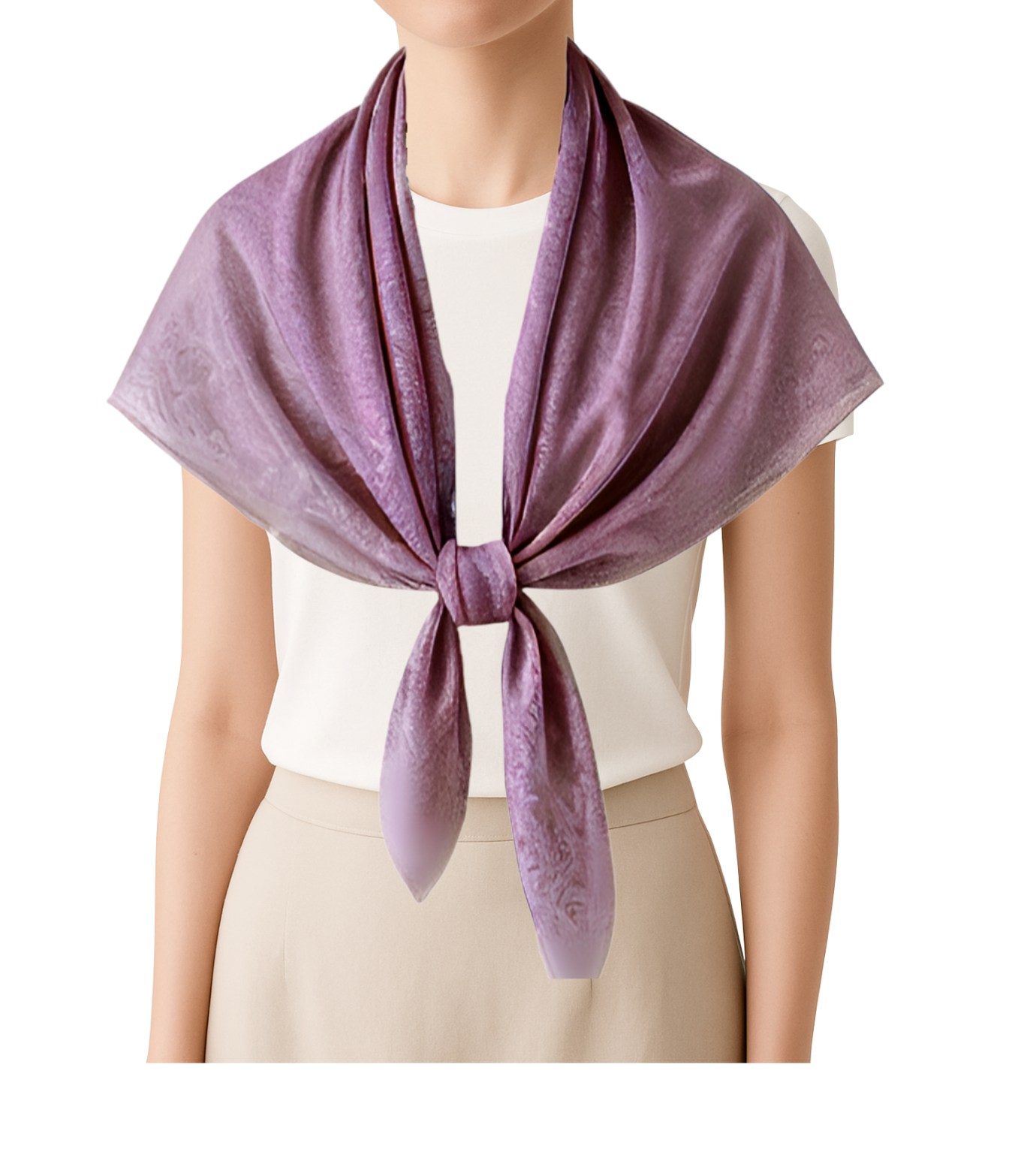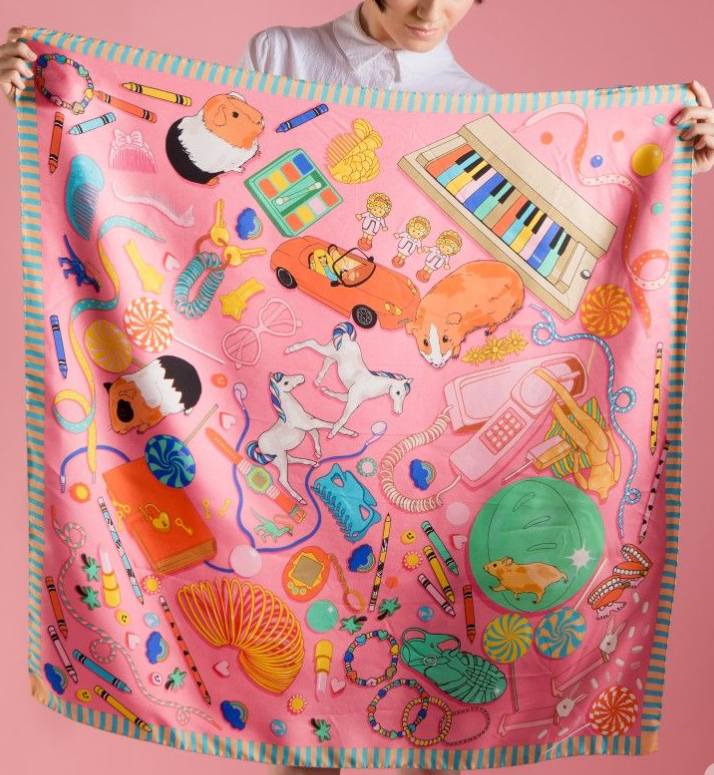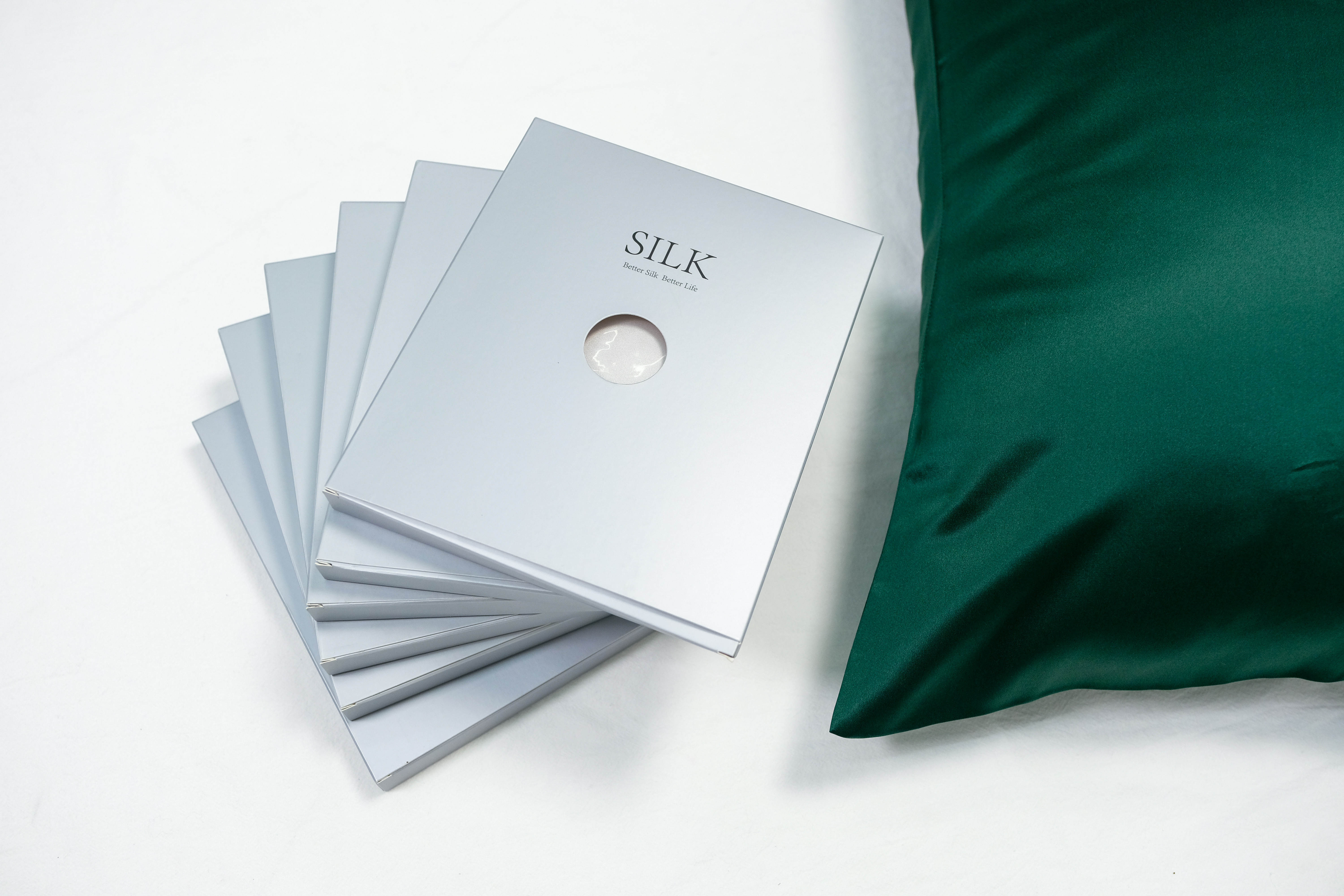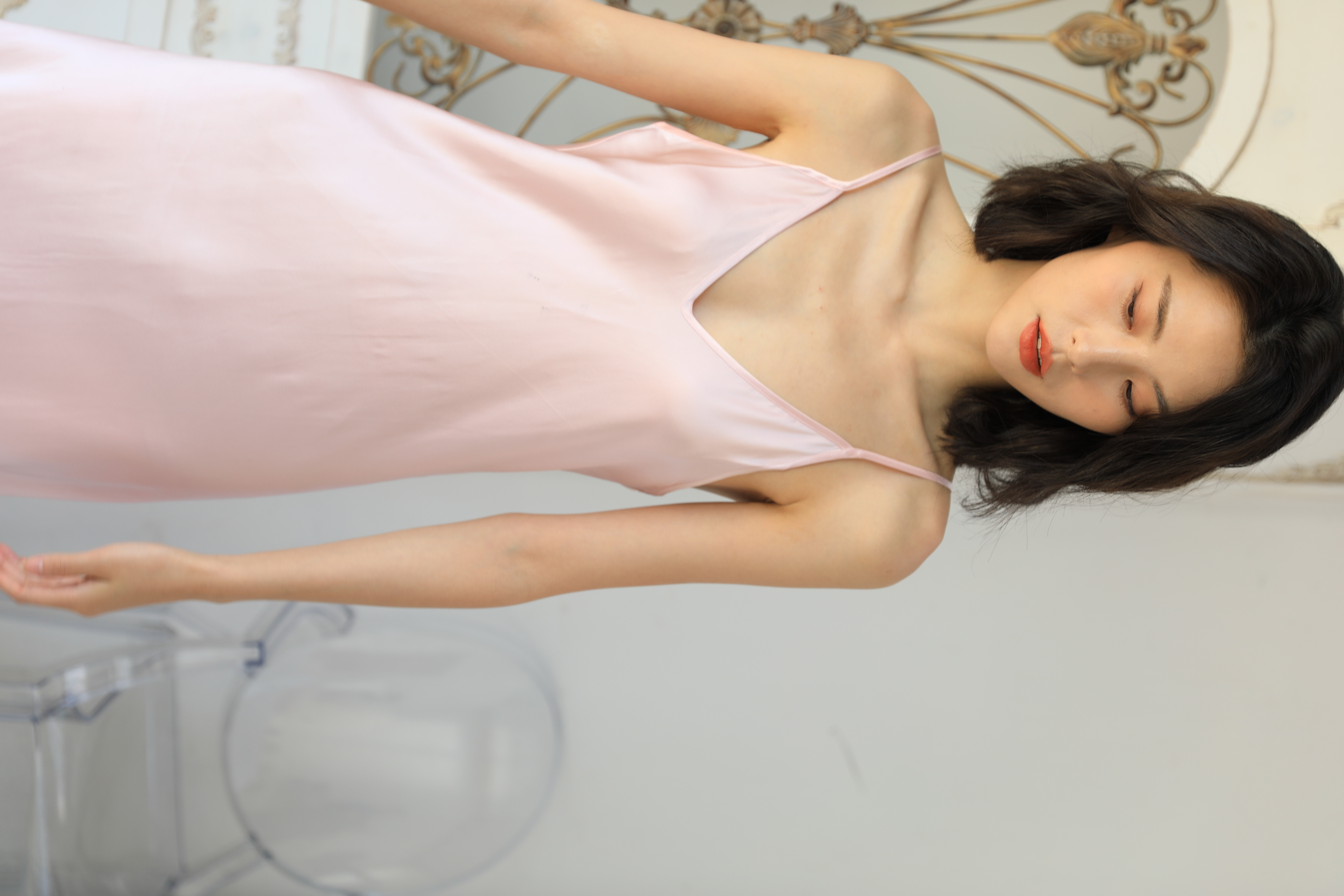What Does 100% Silk Mean?
Silk has captivated humanity for thousands of years as one of the most luxurious, soft, and elegant fabrics ever discovered. Its shimmering surface, incredible softness, and natural breathability make it a favorite for fashion designers, royalty, and discerning consumers around the globe. But when you shop for silk clothing, bedding, or accessories, you’ll often come across the phrase 100% silk.
- That simple label can raise many questions:
What does 100% silk mean?
Is it really pure silk, or just a marketing claim?
Why does it matter whether silk is blended with other materials or not?
And what makes silk so special in the first place?
This comprehensive guide explores what the term 100% silk truly signifies, why pure silk has been prized for millennia, how it’s made, and how you can care for it to enjoy its unique benefits for years. If you’ve ever been fascinated by this natural fiber but confused about what exactly “100% silk” means, read on — we’ll cover everything you need to know.
The History and Allure of Silk
Silk’s story begins over 5,000 years ago in ancient China. Legend credits Empress Leizu with its discovery when, sitting under a mulberry tree, a cocoon fell into her tea and began to unravel into a shimmering filament.
This discovery led to the birth of sericulture — the art of raising silkworms and harvesting their threads.
Silk quickly became a status symbol in China. For centuries, it was reserved for emperors and their courts, with its production methods guarded as a state secret. Traders coveted this luxurious fabric, and it became a central commodity on the famed Silk Road, which connected China with Europe and the Middle East.
In ancient Rome, silk was worth its weight in gold. Later, European aristocracy embraced it as a symbol of refinement and wealth. Even today, the mention of silk conjures images of elegance, sophistication, and timeless style.
The allure of silk lies in its unique combination of strength, softness, and beauty — qualities that no synthetic fabric has been able to replicate fully.
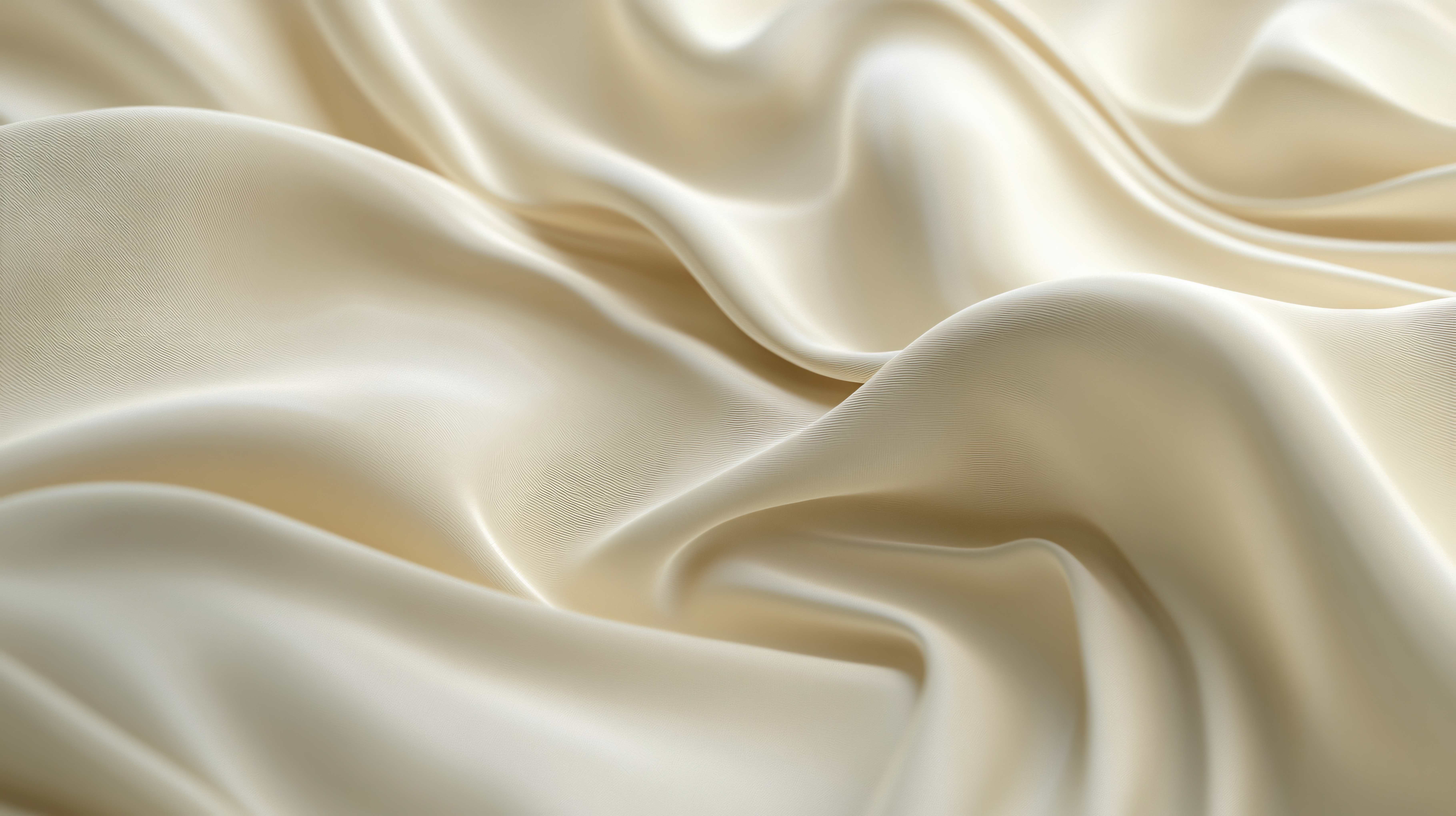
What Does 100% Silk Mean?
When you see a garment or textile labeled 100% silk, it means the material is entirely woven from natural silk fibers, without blending in any other types of fibers such as cotton, polyester, or rayon.
Specifically:
Every thread used in the weave is spun from silk filaments.
No synthetic or plant-based fibers are included.
The fabric retains all the natural properties of silk: breathability, softness, shine, and drape.
This is important because many textiles on the market today are silk blends — combinations of silk with synthetic fibers. While these blends can still feel pleasant and offer some of silk’s benefits, they don’t provide the full experience of genuine, unadulterated silk.
So when you ask: What does 100% silk mean? — it means purity, authenticity, and all-natural luxury.
How Silk is Produced
Understanding what makes 100% silk special starts with how it’s made — a process that hasn’t changed much over thousands of years.
The Sericulture Process
- Silkworm farming: Special silkworms, most commonly the Bombyx mori, are raised in controlled environments and fed a diet of mulberry leaves.
- Cocoon spinning: After about 28 days, the silkworm spins a cocoon around itself using a single filament of silk, which can be up to 1 kilometer long.
- Harvesting cocoons: Farmers harvest the cocoons and carefully boil or steam them to soften the sericin (the glue-like protein) that holds the fibers together.
- Reeling the silk: The continuous filament from each cocoon is carefully unwound and combined with other filaments to create threads.
- Spinning and weaving: These threads are then spun into yarn and woven into silk fabric.
This process is incredibly labor-intensive and delicate, which is why 100% silk fabrics command such high prices.
Why 100% Silk Is Considered Luxury
100% silk is one of the few fabrics that combines several extraordinary qualities:
- Rarity: Producing silk requires thousands of silkworms and weeks of labor.
- Luster: The triangular prism-like structure of silk fibers refracts light, creating its iconic natural sheen.
- Softness: Nothing feels as smooth and soft against your skin as pure silk.
- Strength: Despite its delicate appearance, silk is stronger than steel when compared by weight.
- Thermoregulation: Silk keeps you cool in hot weather and warm in cold weather by naturally regulating body temperature.
All these traits make 100% silk a sought-after material for high-end clothing, bedding, and accessories.
Different Types of Silk Fabric
When shopping for 100% silk products, you’ll find different types of silk fabrics, each with its own look, feel, and purpose. Here are some of the most popular:
Common 100% Silk Fabrics
- Charmeuse: A smooth, glossy, and drapey silk ideal for evening gowns, lingerie, and scarves.
- Chiffon: Lightweight, sheer, and airy silk, perfect for blouses, dresses, and overlays.
- Crepe de Chine: Matte-textured, durable silk that works well for dresses, blouses, and suits.
- Habotai: Soft, plain-weave silk often used for linings, light summer dresses, and scarves.
- Dupioni: Crisp and slightly textured with natural slubs, popular in wedding gowns and formal wear.
- Taffeta: Stiff and smooth, used for evening wear and decorative items.
All these fabrics can be woven from 100% silk, showcasing the versatility and adaptability of the material.
How to Tell if Silk is Truly 100%
Because silk is expensive, some manufacturers mix it with cheaper fibers or even sell synthetic lookalikes. To protect yourself as a buyer, here are some reliable ways to check if silk is truly 100%:
Tests You Can Do
✅ Touch test: Real silk feels soft yet firm, and warm to the touch, whereas synthetics feel cool and overly slippery.
✅ Luster test: Real silk reflects light in a subtle, uneven way, unlike the flat, uniform shine of polyester.
✅ Burn test: (Do with caution) Cut a small thread and burn it. Real silk burns slowly and smells like burnt hair, leaving a brittle ash, while synthetics smell like plastic.
✅ Price check: If a product is labeled “100% silk” but is suspiciously cheap, it’s likely not pure.
Whenever possible, buy from reputable sellers who guarantee authenticity.
100% Silk vs. Silk Blends: Key Differences
Silk blends — fabrics that mix silk with cotton, polyester, or rayon — are common because they’re more affordable and sometimes easier to care for. However, they don’t provide the same luxurious experience as 100% silk.
|
Feature |
100% Silk |
Silk Blend |
|
Feel |
Ultra-soft, smooth, luxurious |
Softer than synthetics but not as smooth |
|
Shine |
Natural, subtle luster |
Often too shiny or flat |
|
Breathability |
Excellent |
Less breathable |
|
Durability |
Long-lasting when cared for |
May pill or degrade faster |
|
Price |
Expensive |
More affordable |
Silk blends have their place, but if you want the full benefit of silk’s properties, 100% silk is the best choice.
Benefits of Wearing 100% Silk
Why invest in garments, accessories, or bedding made of 100% silk? Here are some compelling reasons:
- Skin-friendly: Hypoallergenic and gentle on sensitive skin.
Temperature regulation: Keeps you cool in summer and warm in winter.
Moisture-wicking: Absorbs up to 30% of its weight in moisture without feeling damp.
Elegant appearance: Drapes beautifully and enhances your look.
Eco-friendly: Natural, renewable, and biodegradable.
Whether you’re dressing up for a special occasion or simply indulging in luxury at home, 100% silk makes you feel and look your best.
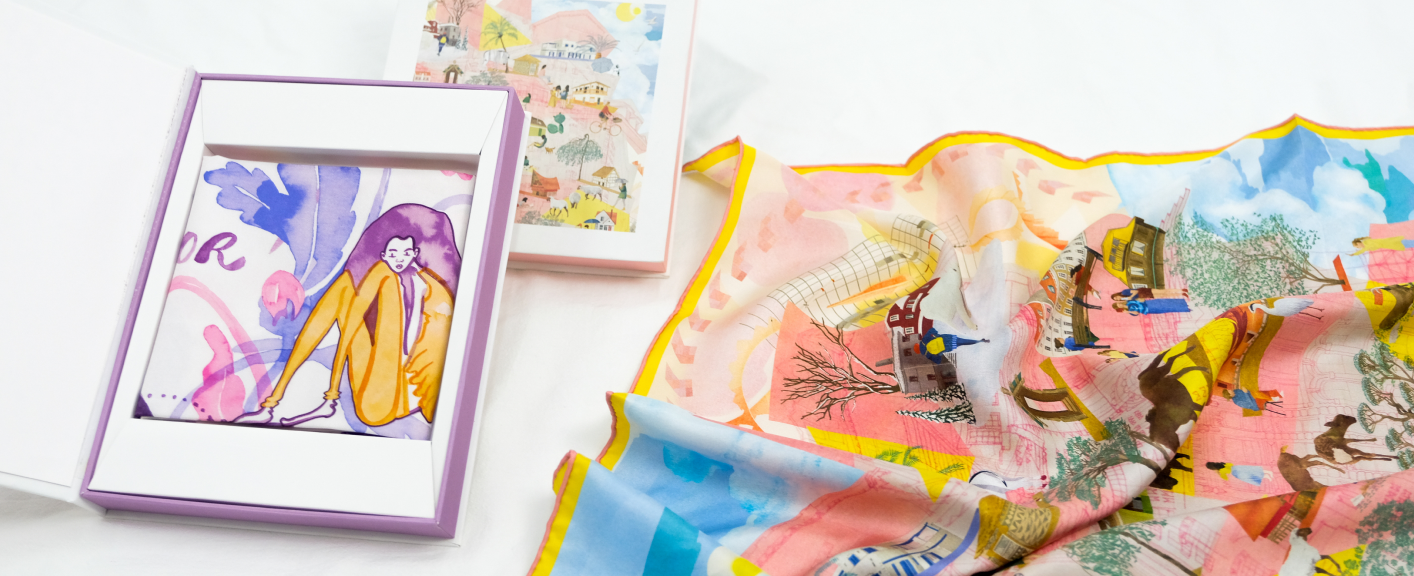
Caring for 100% Silk Garments
Silk is strong but requires proper care to maintain its beauty:
- Washing: Hand wash in cold water with mild detergent, or dry clean if the label recommends.
Drying: Gently squeeze (never wring), roll in a towel, and air dry away from sunlight.
Ironing: Use a low heat setting or steam iron on the reverse side.
Storing: Keep folded in a breathable bag or hung on padded hangers, away from direct light and moisture.
With care, 100% silk garments can last for years, retaining their elegance.
Conclusion
So, what does 100% silk mean?
It means you’re choosing a fabric made entirely of natural silk fibers, without compromise. It means you’re embracing thousands of years of craftsmanship, culture, and luxury — a material that’s as functional as it is beautiful.
From the regal courts of ancient China to the runways of Paris, silk has stood the test of time as the fabric of choice for those who value elegance and comfort.
By investing in 100% silk, you’re not just buying a garment — you’re making a statement about your appreciation for quality, authenticity, and timeless beauty.
Ready to Start?
All of our printing services are operated professionally, and we control every part of the process from start to finish. Our professional team oversee everything from pre-treatment and printingthrcugh to finishing, qwality check and despatch, quaranteeing flawless results each and every time.

